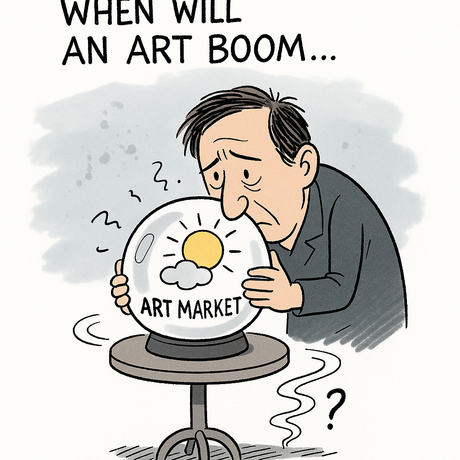The Austrian Parliament's portrait gallery of former National Council presidents has remained unchanged for nearly a decade, despite three parliamentary leaders having left office during this period. The missing portraits of Doris Bures (SPÖ), Elisabeth Köstinger (ÖVP), and Wolfgang Sobotka (ÖVP) have different reasons for their absence, according to inquiries made to parliamentary authorities.
Since the beginning of Austria's Second Republic, it has been tradition to honor National Council presidents with official portraits after their terms end. These artworks are currently displayed in a corridor near the plenary hall. However, there is one important restriction: the portraits are only hung once the respective person is no longer a member of the National Council.
This rule explains why no portrait of Doris Bures is yet on public display. After the SPÖ lost its top position in voter favor, Bures did not leave the National Council but was instead elected as Second President and later, following last year's election, as Third President. What remains largely unknown is that Bures' portrait has already been completed and is currently waiting in the archives to receive public recognition when the SPÖ politician eventually steps down.
The case of Elisabeth Köstinger has been more controversial, with questions arising about whether she should receive this honor at all. Her election as president in November 2017 was accompanied by criticism, as it was widely assumed—and later proven correct—that she would join the next government. The future agriculture minister served for only one month and one week before taking on her ministerial role.
In a newspaper interview some time ago, Köstinger expressed disappointment that no portrait had been commissioned of her, indirectly holding the parliamentary administration responsible. However, parliamentary officials deny any fault on their part. According to information provided to the Austrian Press Agency (APA), they sent a written request to Köstinger after her complaint, asking her to specify which artist should create the work in her preferred style. They have heard nothing from the short-term president since then.
The tradition allows the honored individuals to personally choose who creates their portrait, though they must stay within a specific budget framework. Wolfgang Sobotka, who left parliament with the constitutive session of the National Council in October of last year—more than a year ago—is apparently still contemplating this decision. So far, he has not named anyone to artistically portray him, according to parliamentary communications in response to APA inquiries. Sobotka's office stated that the former president is still in the selection process.
The choice of artist requires careful consideration, as evidenced by the surprise some expressed when Andreas Khol (ÖVP) was portrayed in a somewhat bulbous-looking relief by Styrian artist Josef Kern. In 2015, a posthumous portrait of Barbara Prammer (SPÖ) was created. Renowned artist Eva Schlegel chose a color photograph by Georg Wilke for a lead screen print, making it the only photographic work among the eleven publicly displayed pieces.
Historically, the portraits were created in a very conservative style. The first four were each designed by academic painter Robert Fuchs, while Adalbert Pilch painted two portraits and Robert H. Pippal created one. The selection of Georg Eisler was considered an artistic breakthrough, as he depicted Rudolf Pöder (SPÖ) in the style of realistic expressionism. This more innovative approach was continued in subsequent works, such as the colorful Heinz Fischer portrait by Xenia Hausner.
Given Sobotka's known appreciation for the arts, it can be assumed that he will also want to make an artistic statement for his final departure from the parliament. The decade-long gap in the portrait gallery represents an unusual pause in a tradition that has honored Austria's parliamentary leaders since the country's democratic restoration after World War II.































